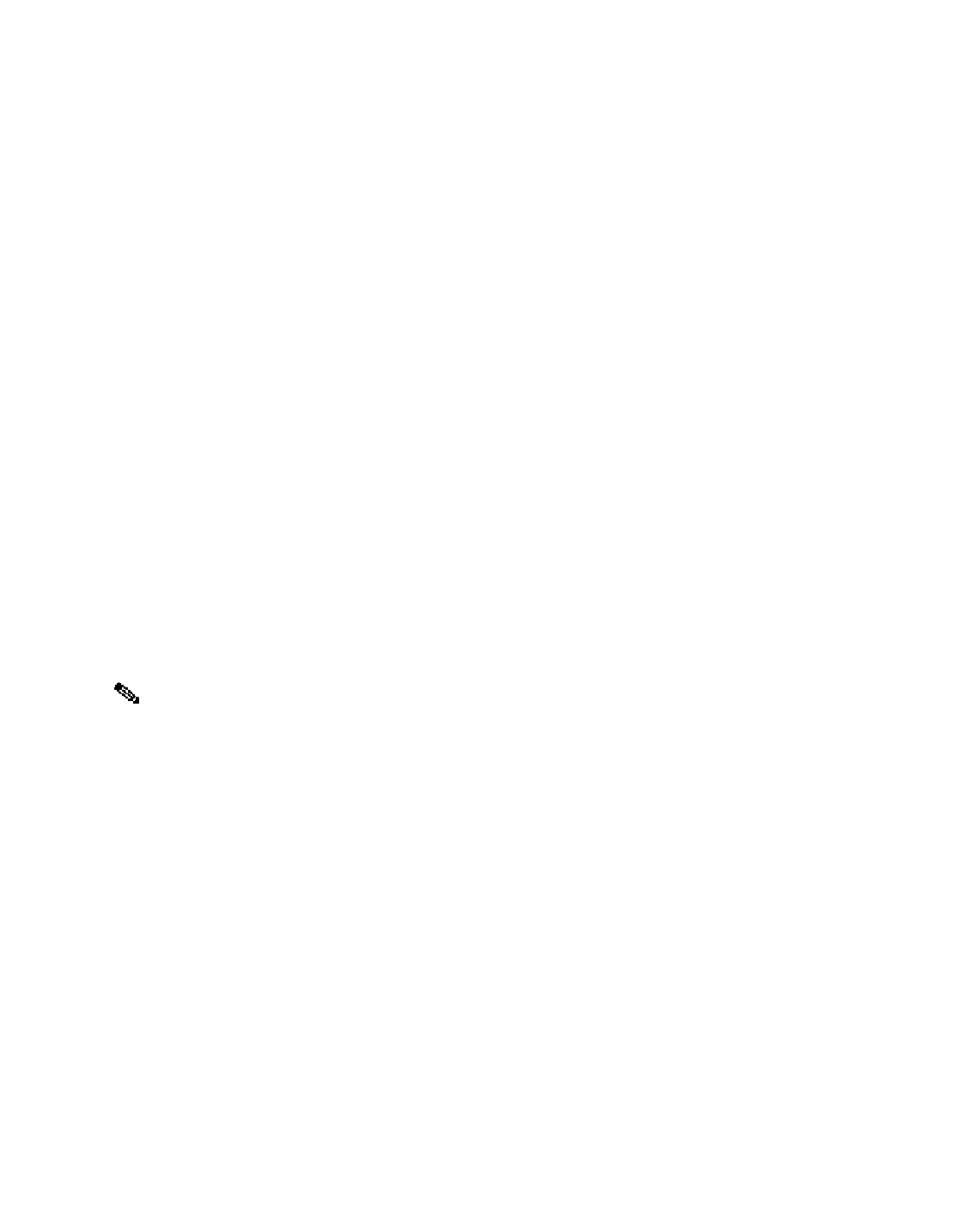Information Technology Reference
In-Depth Information
•
failures
identifies the number of failures to grant a buffer to a requester even after attempting to
create an additional buffer. The number of failures represents the number of packets that have been
dropped due to buffer shortage.
•
no memory
identifies the number of failures caused by insufficient memory to create additional
buffers.
The
show buffers
command output in Figure 15-8 indicates high numbers in the Trims and Created
fields for large buffers. If you are receiving high numbers in these fields, you can increase your serial
link performance by increasing the
max free
value configured for your system buffers.
trims
identifies
the number of buffers that the RP has trimmed from the pool when the number of buffers in free list
exceeded the number of
max allowed
buffers.
Use the
buffers max free
number
global configuration command to increase the number of free system
buffers. The value that you configure should be approximately 150 percent of the figure indicated in the
total field of the
show buffers
command output. Repeat this process until the
show buffers
output no
longer indicates trims and created buffers.
If the
show buffers
command output shows a large number of failures in the (
no memory
) field (see the
last line of output in Figure 15-8), you must reduce the usage of the system buffers or increase the
amount of shared or main memory (physical RAM) on the router. Call your technical support
representative for assistance.
Implementing Hold Queue Limits
Hold queues are buffers used by each router interface to store outgoing or incoming packets. Use the
hold-queue
interface configuration command to increase the number of data packets queued before the
router will drop packets. Increase these queues by small increments (for instance, 25 percent) until you
no longer see drops in the
show interfaces
output. The default output hold queue limit is 100 packets.
The
hold-queue
command is used for process-switched packets and periodic updates
generated by the router.
Note
Use the
hold-queue
command to prevent packets from being dropped and to improve serial link
performance under the following conditions:
You have an application that cannot tolerate drops, and the protocol is capable of tolerating longer
delays. DECnet is an example of a protocol that meets both criteria. Local-area transport (LAT) does
not meet this criteria because it does not tolerate delays.
•
The interface is very slow (bandwidth is low or anticipated utilization is likely to sporadically
exceed available bandwidth).
•
When you increase the number specified for an output hold queue, you might need to
increase the number of system buffers. The value used depends on the size of the packets
associated with the traffic anticipated for the network.
Note
Using Priority Queuing to Reduce Bottlenecks
Priority queuing is a list-based control mechanism that allows traffic to be prioritized on an
interface-by-interface basis. Priority queuing involves two steps:
















